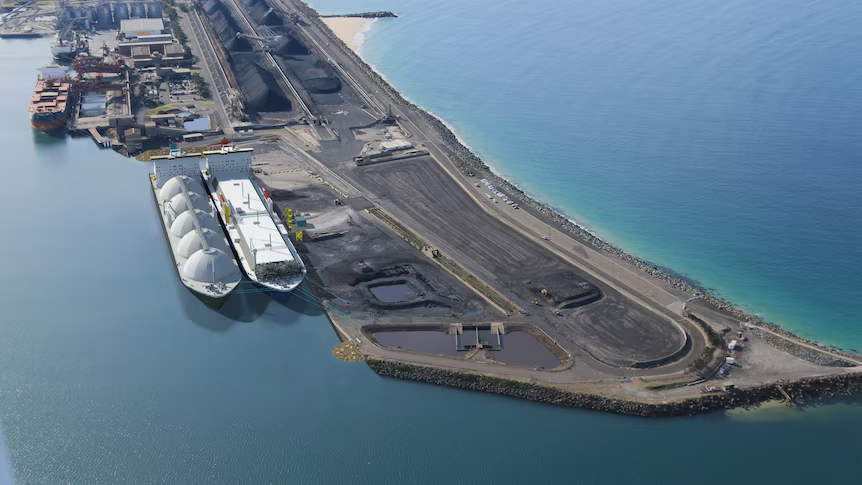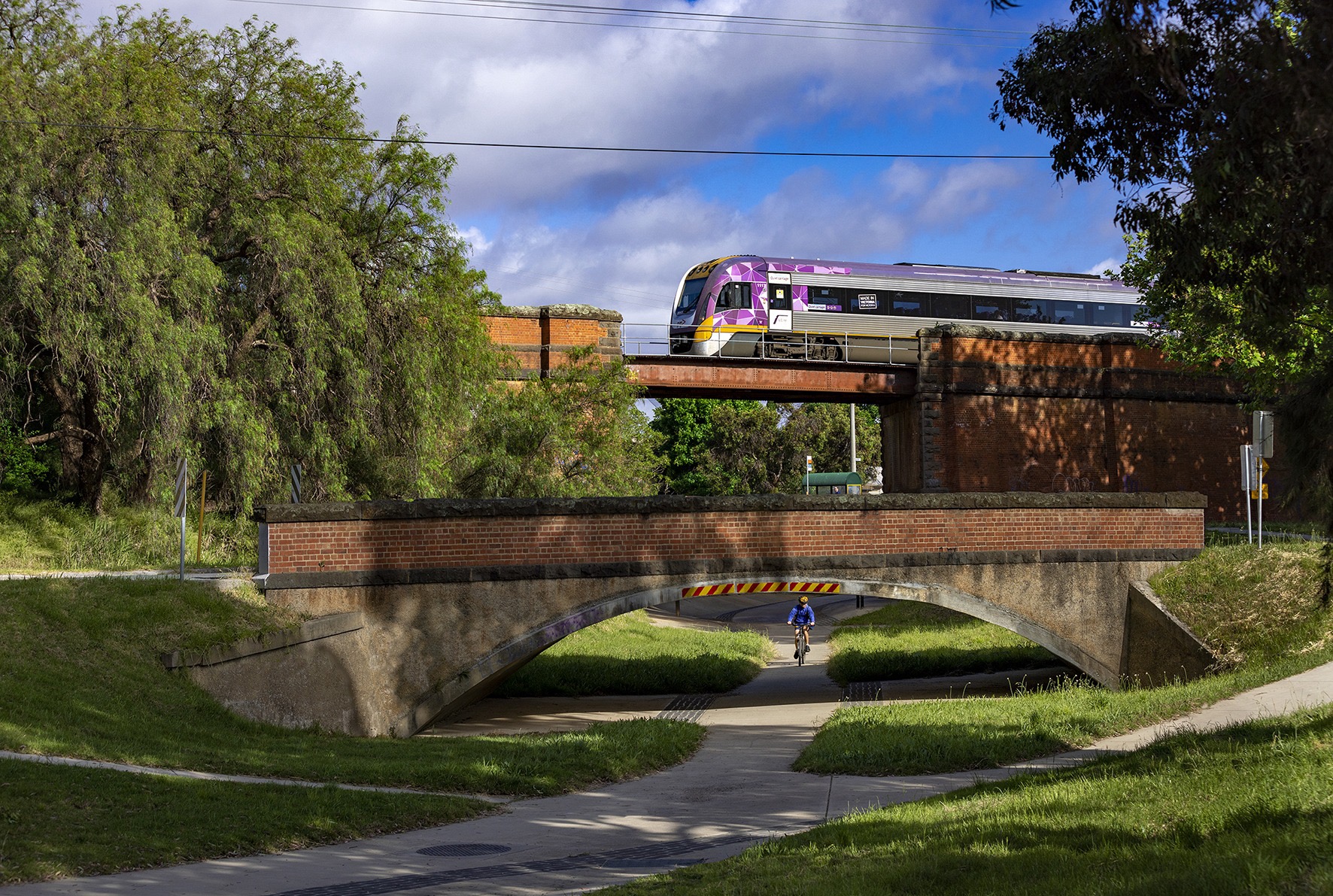Infrastructure Victoria, the state’s independent advisory body, yesterday presented Victoria’s infrastructure strategy 2021–2051 to the Victorian Parliament. The strategy makes 94 recommendations worth around $100 billion, spanning many types of infrastructure and based on extensive evidence, innovative land use and transport modelling, research and consultation.
To keep Melbourne moving as population grows, Infrastructure Victoria recommends the Victorian Government reconfigure the City Loop, extend suburban train lines in Melbourne’s growing outer north and west, prepare for the Outer Metropolitan Ring Road, and upgrade road technology systems to ensure safer, smoother travel.
More detailed planning is recommended for Melbourne Metro 2, a city-shaping rail project that could also provide improved direct Geelong services.
Launching the strategy at the Committee for Economic Development of Australia (CEDA), Infrastructure Victoria CEO Michel Masson said while large built infrastructure projects will continue to be important as Melbourne grows, they should be integrated with land use planning to ensure multiple benefits.
“Our final recommendations consider the medium to longer-term impacts of the global pandemic. Despite the current challenges, Victoria will continue to grow and transform,” said Mr Masson.
“Our 30-year roadmap outlines how Victoria can make the most of the infrastructure we already have while ensuring new infrastructure, such as road and rail projects, deliver maximum value to areas where it is needed most.”
More than half (56 per cent) of the recommendations in the strategy relate to making better use of Victoria’s existing infrastructure through policy development, legislative reform, and planning.
Forty-one recommendations involve infrastructure capital investment by government and around a quarter of recommendations focus on developing regional Victoria.
Mr Masson highlighted that much of the demand for new infrastructure is in outer growth and regional areas. Melbourne’s outer-northern and western suburbs are expected to attract over 800,000 new residents over the next 30 years.
“By better connecting outer suburban growth areas and the regions to Melbourne, we can provide fairer access to jobs, transport and services for all regardless of postcode,” Mr Masson said. “Every Victorian deserves good access to jobs, services, and public transport whether they live in Mildura, Middle Park, Melton or Mallacoota.”
Infrastructure Victoria conducted a three-month community and stakeholder engagement program to develop final recommendations in the 2021 strategy, including more than 25,000 website visits, 675 participants in consultation events, and more than 200 formal, written submissions.
As a result of new evidence and feedback from the community and stakeholders, four new recommendations were added, and several others were changed or removed.
“Thanks to our conversations with Victorians, we adopted a faster timeline for phasing in electric vehicles and shifted our focus so that renters benefit from improved home energy efficiency. We also better understood the importance of libraries and aquatic centres to all communities especially growth areas and recommended a program to link outer suburbs to rail with ‘next generation’ buses,” Mr Masson said.
The 30-year infrastructure strategy is the second delivered by the advisory body since Infrastructure Victoria was established in 2015. The inaugural 2016 infrastructure strategy made 137 recommendations across nine sectors. Of these, nearly 90 per cent have been completed or are underway.
The estimated capital cost profile for the recommendations average $3 billion a year to 2025, $8 billion a year to 2030 and $4 billion a year to 2035.
Under legislation, the Victorian Government is required to respond to the strategy’s recommendations and deliver an integrated five-year infrastructure plan within 12 months. Infrastructure Victoria will then undertake a detailed analysis and report on the government’s progress in delivering on its plan each year in the advisory body’s annual report.
Roads Australia (RA) welcomes support for ZEVs
Roads Australia (RA), the peak body for roads within an integrated transport system, has welcomed the recommendations made by Infrastructure Victoria that support adoption of zero emission vehicles (ZEVs).
“RA made a submission to Infrastructure Victoria during the development of the strategy which identified the uptake of zero emissions and automated vehicles, developing a sustainable system for road funding, enhancing the efficiency of freight movement and road safety as key challenges for Victoria,” RA President Michael Bushby said.
“It is encouraging to see each of these areas has been addressed in the strategy released today through recommendations that clearly demonstrate industry’s views have been taken on board.”
The recommendation to transition all new government fleets to ZEVs over the next five years was particularly welcomed by the RA President, noting that it will help provide wider confidence to consumers about the benefits and performance of ZEVs.
“Similarly, the recommendation that operational restrictions for zero emissions freight vehicles be removed would be a powerful way in incentivise uptake of ZEVs in the freight sector. This will not merely improve the efficiency of freight movement, but also contribute to reducing emissions in the transport sector.”
RA has previously supported Victoria’s approach to addressing the challenge of road pricing, providing a range of incentives to encourage uptake of ZEVs while also recognising those driving such vehicles should make an appropriate contribution towards the construction and maintenance of the roads they use.
“This strategy builds on that undertaking by recommending that fixed road user charges be phased out over the next decade and replaced by a user-pays model which reflects the relative costs of road use. This is not only important for ensuring a sustainable funding base to build and maintain a safe and efficient road network, but also to encourage motorists to consider modifying their travel patterns to improve congestion and sustainability outcomes,” Mr Bushby said.
“Many of the issues canvassed in the strategy align with the policy focus outlined in the RA Strategic Plan 2021-2023, most notably embedding resilience in transport infrastructure and harnessing the power of data and technology to better-integrate public transport modes with new mobility services, including electric bikes and scooters,” he added.
To read the 30-year infrastructure strategy, appendices and supporting technical reports, visit www.infrastructurevictoria.com.au



